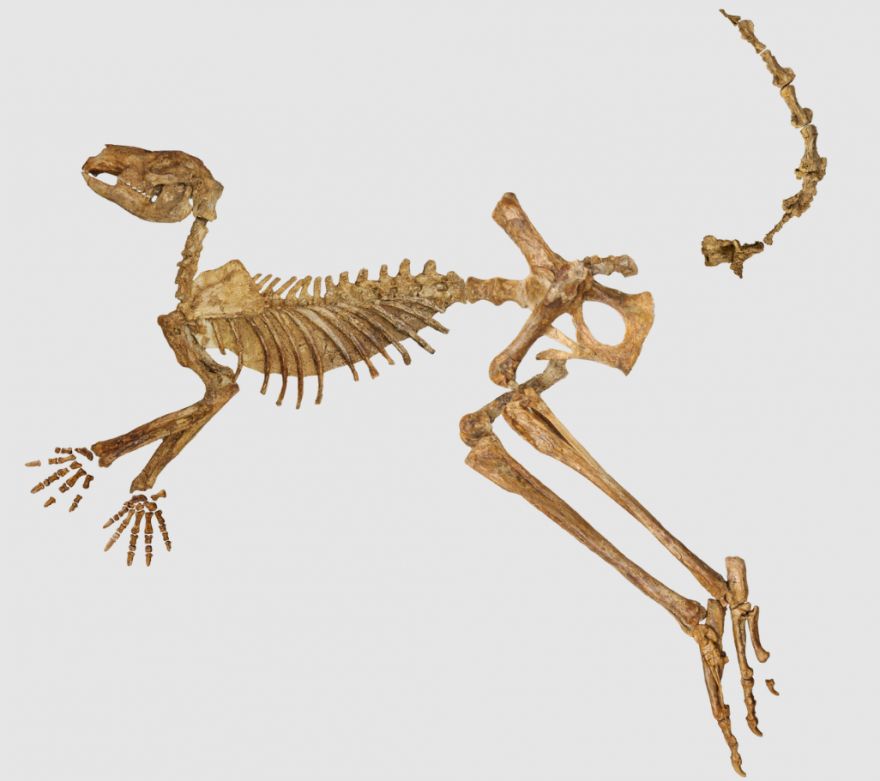
Kangaroos are quite feisty creatures. Generally, they don't attack humans but could become very aggressive when they feel threatened. Their kicks pack a very massive force which can severely injure adult humans and even be fatal. From a distance, they are adorable creatures, hopping around and minding their own business.
Now, that's just the kangaroos of today. The largest one is the red kangaroo, which when fully upright, can stand up to five feet, and weigh up to 200 pounds. But there are kangaroo species from way back that belong to the genus Protemnodon, which were giant behemoths in their own right.
Based on some of the fossils that Isaac Kerr, a kangaroo paleontologist at Flinders University, has found in the Lake Callabonna area, three new species of Protemnodon show that these marsupials may have been the largest of its kind.
The biggest of them, the Protemnodon viator, is estimated to have been about eight feet tall when standing straight. Even if it were just in a crouched position, P. viator would have stood at six feet. Not only that, but it grew to weigh around 375 pounds.
The other two species discovered were P. mamkurra and P. dawsonae. How these ancient kangaroos grew to be so large may be due to the fact that the Australian continent underwent a period of aridification. This might have pushed the kangaroos to adapt to its changing environment.
P. viator, especially would have been greatly impacted. Its name was derived from the Latin word for "traveler", which gives us an idea that P. viator had to cover wider distances in search for food, and so it had to undergo morphological changes that would enable it to have more stamina, more jumping power, and endure the harsh weather.
The reason why P. viator is speculated to have developed these feats is because of its broader distribution of fossils compared to P. mamkurra and P. dawsonae, which might have stayed in the woodlands.
Being able to study the lifestyle patterns and changes that these Protemnodon experienced may help us understand how climate change transforms behavior and ecology. In so doing, we may also be able to predict how climate change would impact the flora and fauna in the future.
For now, Kerr will continue to investigate the Lake Callabonna area in search of other marsupial fossils, with his next target being the largest marsupial to have ever lived, the Diprotodon optatum, the extinct giant wombat.
(Image credit: Isaac Kerr)






Commenting on Neatorama will earn you NeatoPoints!